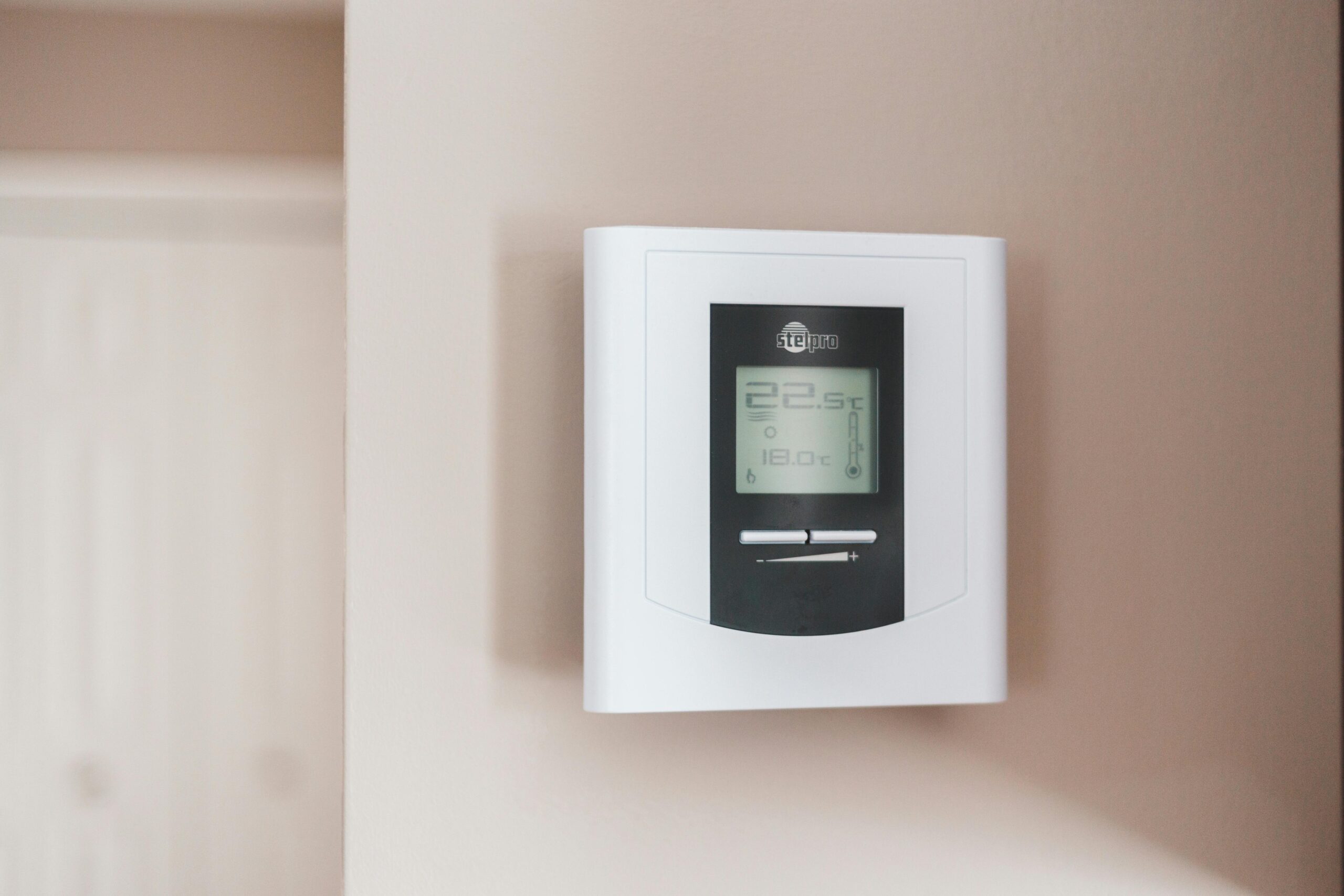When it comes to managing your home’s climate control system, choosing the right thermostat can significantly impact both your comfort and energy bills. The debate between programmable vs smart thermostat options has become increasingly relevant as technology advances. This article will compare traditional programmable thermostats with newer smart thermostats, examining their features, user-friendliness, potential for energy savings, and installation costs to help you determine which option best suits your lifestyle and budget.
Understanding Programmable Thermostats
Programmable thermostats have been the standard for energy-conscious homeowners for decades. These devices allow you to set temperature schedules for different times of the day and different days of the week. The primary appeal of programmable thermostats lies in their straightforward approach to energy savings. By automatically adjusting your home’s temperature based on your typical schedule—lowering the heat when you’re at work or asleep, for instance—these thermostats can reduce unnecessary heating and cooling when no one is home or when you’re under the covers.
The energy savings programmable thermostat models provide can be substantial, with the U.S. Department of Energy estimating potential savings of up to 10% annually on heating and cooling costs with proper use. These savings come from the thermostat’s ability to maintain energy-efficient temperature settings consistently without requiring daily manual adjustments.
However, programmable thermostats do have limitations. Many homeowners find them complicated to program initially, and the interfaces can be confusing with multiple buttons and small display screens. Additionally, once programmed, these thermostats follow the same schedule regardless of changes in your routine, which can limit their effectiveness if your schedule varies.
The Smart Thermostat Revolution
Smart thermostats represent the next evolution in home climate control technology. The benefits of smart thermostat upgrade go well beyond basic scheduling. These advanced devices connect to your home’s Wi-Fi network and can be controlled remotely via smartphone apps, voice assistants, or web interfaces. This remote accessibility means you can adjust your home’s temperature from anywhere—before leaving work, while on vacation, or even from the comfort of your bed.
What truly sets smart thermostats apart is their learning capability. Many models track your temperature preferences and occupancy patterns over time, automatically creating and adjusting schedules based on your actual behavior rather than pre-programmed settings. Some can even detect when no one is home using motion sensors or your smartphone’s location and adjust the temperature accordingly for maximum efficiency.
Furthermore, smart thermostats provide detailed energy usage reports and recommendations for optimization. These insights help homeowners understand their consumption patterns and make informed decisions about energy use. Many models also integrate with other smart home systems like Amazon Alexa, Google Home, or Apple HomeKit, allowing for seamless voice control and automation scenarios.
Cost Considerations: Purchase and Installation
When choosing right thermostat for your home, cost is inevitably a factor. Programmable thermostats typically range from $20 to $100, making them the more budget-friendly option upfront. Smart thermostats, by comparison, generally cost between $100 and $300 depending on features and brand.
The thermostat installation cost varies depending on your existing system and whether you choose professional installation or DIY. While many homeowners can install a programmable thermostat themselves, smart thermostats sometimes require professional installation, especially if your home lacks a C-wire (common wire) needed to power the thermostat’s Wi-Fi and display features. Professional installation through qualified technicians, which you can find through platforms like AskHomey, typically costs between $100 and $200, though this investment ensures proper setup and functionality.
Energy Savings Comparison
Both thermostat types offer energy savings, but their approaches differ. Programmable thermostats provide consistent savings through predetermined schedules. If your household follows a regular routine and you take the time to program the device properly, a programmable thermostat can be highly effective at reducing energy consumption.
Smart thermostats, however, often deliver greater savings through their adaptive learning, occupancy detection, and usage insights. Studies suggest smart thermostats can save homeowners 10-15% on heating and cooling costs, slightly outperforming their programmable counterparts. Some utility companies even offer rebates for smart thermostat purchases, further offsetting the higher initial investment.
Making Your Decision
When weighing programmable vs smart thermostat options, consider your lifestyle, technical comfort level, and budget. A programmable thermostat may be sufficient if you have a consistent schedule, prefer simplicity, and want to minimize upfront costs. They require minimal maintenance and don’t depend on an internet connection to function.
A smart thermostat represents a worthwhile upgrade if you value convenience, have an irregular schedule, embrace technology, and are willing to invest more upfront for potentially greater long-term savings. The remote access capability alone proves invaluable for second homes or when travel plans change unexpectedly.
For many homeowners, the features and convenience of smart thermostats justify their higher cost, especially considering their potential for greater energy savings and the comfort of being able to control your home’s climate from anywhere.
For more tips and to connect with reliable home service professionals, follow AskHomey on Facebook and Instagram.



